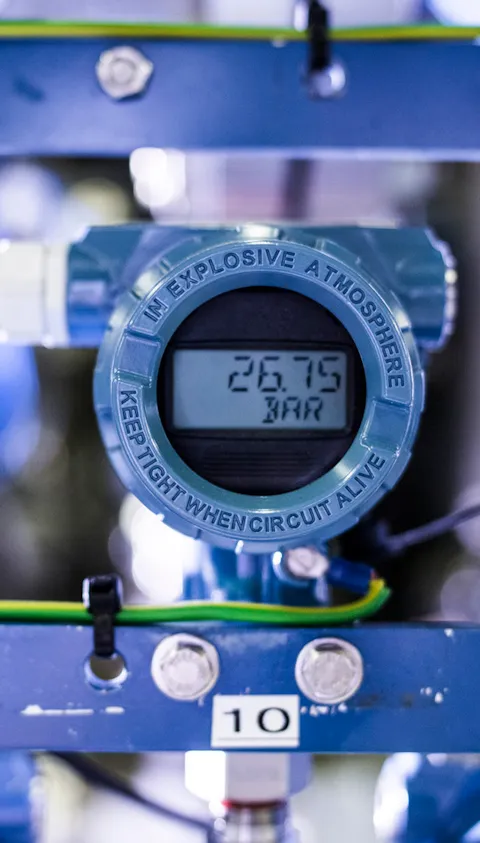

Multiphase flow laboratory
One of the major challenges in upstream projects is the simultaneous measurement of commingled gas, oil and water streams. This challenge has driven the development of multiphase flow meters over the last two decades.
A major issue in the application of these multiphase flow meters in the field is the uncertainty of the measurement due to the immaturity of the technology and the wide range of field conditions.
To close the gap between development and application, DNV has built a multiphase flow laboratory for validating the performance of multiphase flow meters. This test facility serves as an independent check for operators and can serve as an enhancer for future developments in multiphase flow technology.
The setup of the multiphase test facility is such that testing of separation equipment and multiphase flow meters can be performed with realistic fluids at reproducible conditions and can operate with different fluid combinations such as gas (natural gas, nitrogen, argon, SF6), oil (EXXSOL D60/D120 [790-825 kg/m3, 1-5 cP], Siptech15 [860 kg/m3, 15-60 cP]), water (fresh water, salt water (salinity <40gr/l)).
A special feature of the multiphase flow laboratory is the ability to perform multiphase flow tests with prototype equipment in a pressurized vessel which is optically accessible. This allows clients to perform R&D for separation and multiphase flow metering technology under safe and realistic field conditions.
Multiphase flow reconstruction and uncertainty model
DNV has developed a multiphase flow reconstruction and uncertainty model for the assessment of multiphase flow meters. This model provides the flow rates at the meter under test conditions and provides the corresponding uncertainties. The model calculates the changes in physical properties of the phases and includes the processes of phase exchange and phase contamination leading to low claimed reference uncertainties. Calibrations and measurements are based on the ISO17025 standard, the uncertainty calculations are based on the guide to the expression of uncertainty in measurement (GUM).